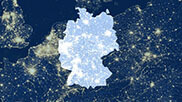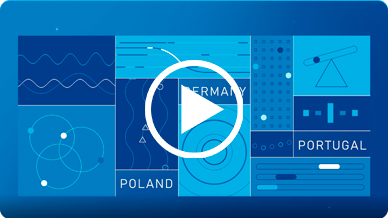Under the European H2020 program, the EUniversal Project has the main objective to foster the universal access of system operators to the available flexibility, mainly provided by Distributed Energy Resources (DER), through the interaction with new Flexibility Markets and innovative services.
With the development of solutions and services that allow the massive integration of the Distributed Generation (DG), energy storage, and the active participation of consumers, the project aims to tailor the concept of the Universal Market Enabling Interface (UMEI).
The UMEI will look to overcome the limitations that Distribution System Operators (DSOs), experience in the use of flexibilities, addressing the interlinking of electricity markets with active system management.
The EUniversal project aims to develop a universal approach on the use of flexibility by DSO and their interaction with the new flexibility markets, enabled through the development of the UMEI.
The UMEI has materialized in the conceptual architecture design and the implementation of a standard, agnostic, adaptable, and modular combination of different APIs to link DSOs and market parties with flexibility market platforms, in coordination with other flexibility users. This approach allows distributed communication without the need for a central hub.
The UMEI consists of publicly available APIs, allowing any stakeholder to adopt them or to develop new APIs concerning new services while complying with the UMEI interface specification.
Deliverable D2.6 contains the final version of the UMEI and describes its development process.
This version will be tested within the demonstration efforts, namely in Portugal, Germany, and Poland, and jointly improved according to the collected insight.
Deliverable D2.6 document is structured as follows:
• Chapter 2 – Presents the general objectives which the UMEI allows the market actors to achieve by explaining the communication channels and structure which was followed for the development of the Interface, including the phases of the flexibility mechanism process which were taken as a basis.
• Chapter 3 – This chapter focuses on the actual structure of the UMEI, by presenting the several process groups in which the UMEI is divided, including who typically uses each one of the sets of allowed operations.
• Chapter 4 – Explains the adopted methodology for the overall technical development, which lasted for the entire duration of Task 2.4. This part of the document also tackles the steps that preceded and will proceed with the technical developments.
• Chapter 5 – This chapter provides an overview of the implementation of the UMEI from the perspective of each one of the market participants (DSO, FMO, FSP).
• Annex – Contains the technical documentation of the developed Open API Specification








